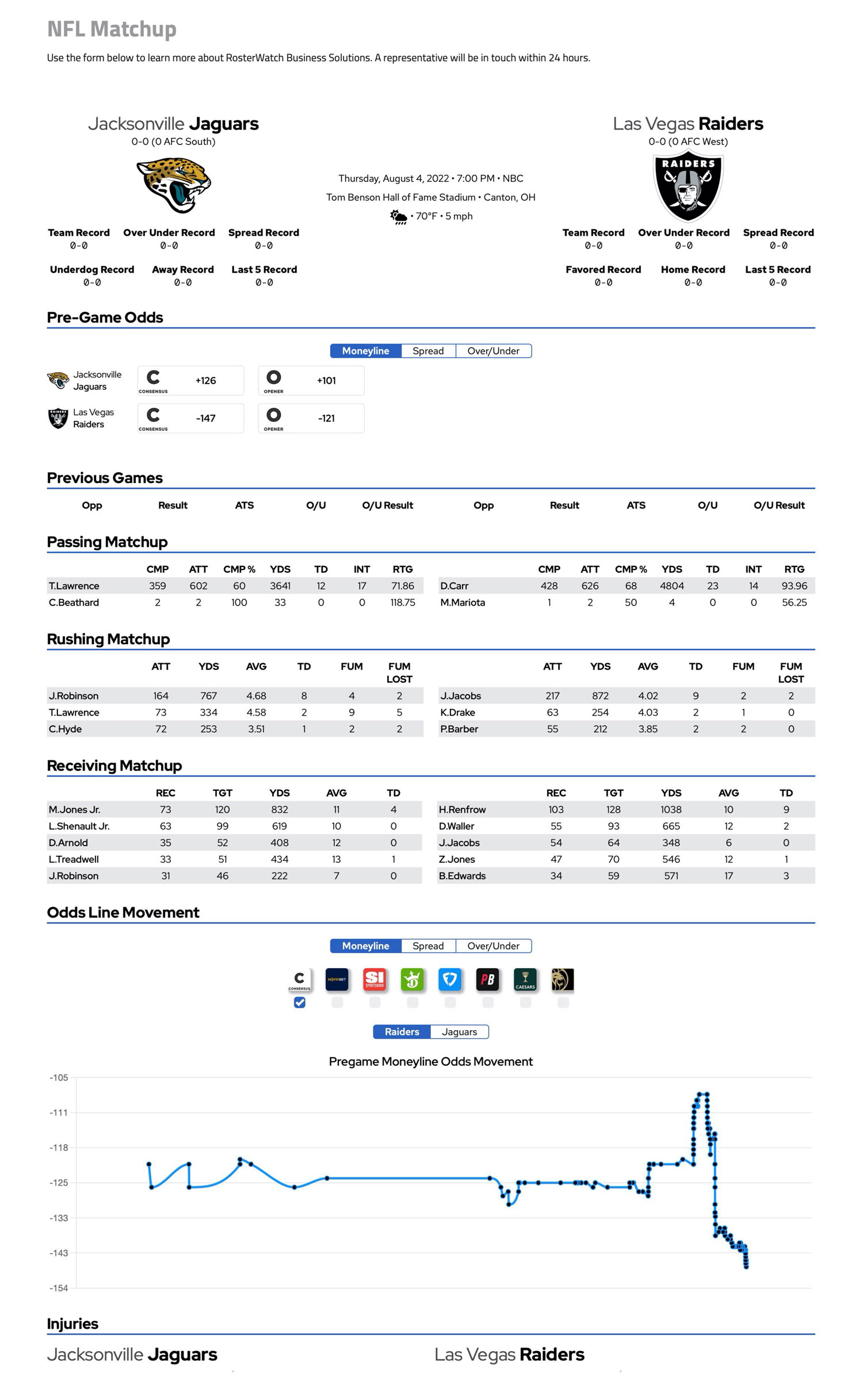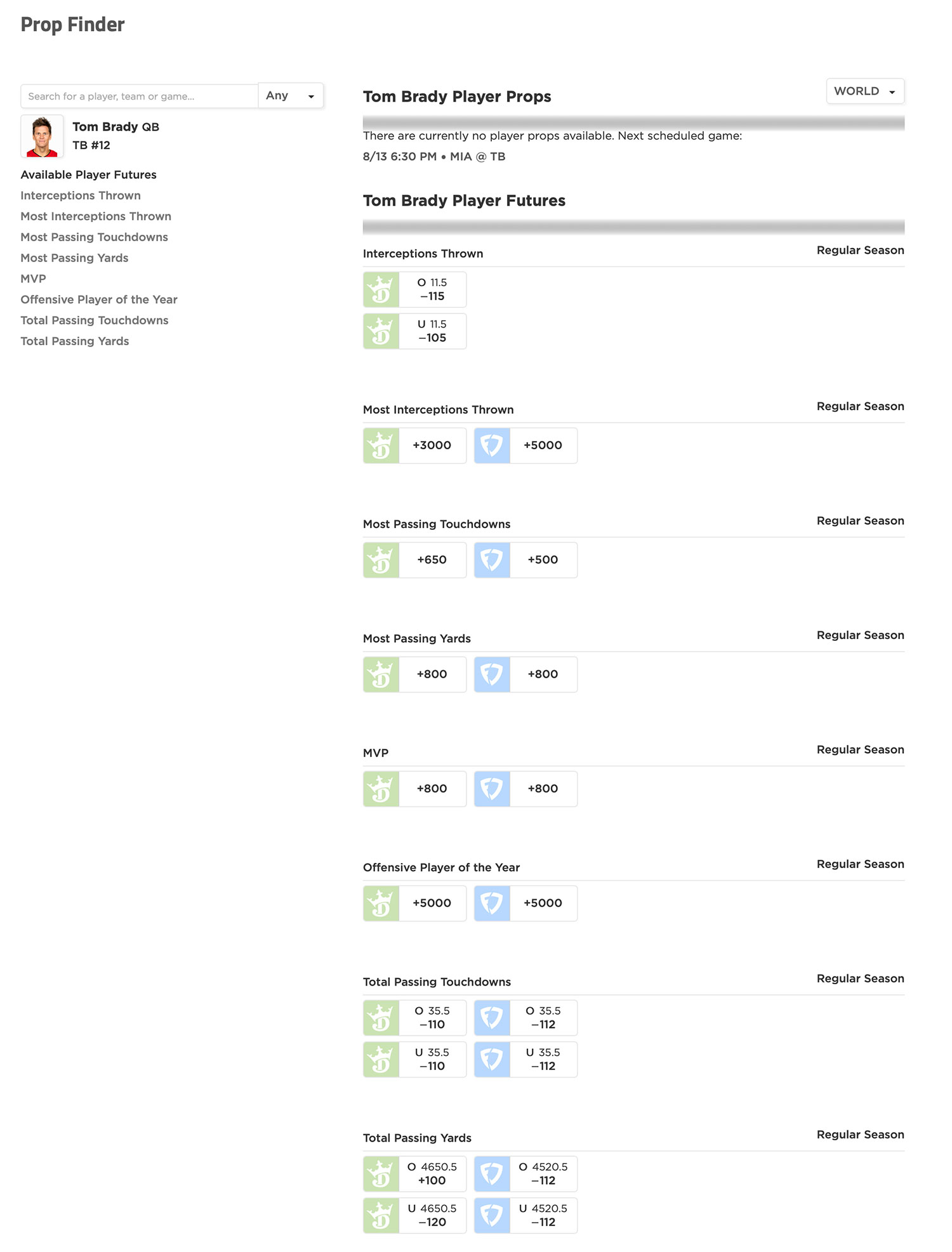
2021 Initial Strength-Of-Schedule, Fast-Start and Fantasy Playoffs Tool: QB
 Longtime favorites of many in RosterWatch Nation are the Strength of Schedule and associated Fast-Start and Playoff Schedule tools. The tool is simple-to-use and designed to be an intuitive tie-breaking tool when faced with tough decisions in mock drafts while preparing for draft day. PRO MEMBERS: CLICK HERE TO GO TO YOUR DOWNLOADS SECTION TO DOWNLOAD THE QUARTERBACK, RUNNING BACK, WIDE RECEIVER AND TIGHT END TOOLS, all now available.
Longtime favorites of many in RosterWatch Nation are the Strength of Schedule and associated Fast-Start and Playoff Schedule tools. The tool is simple-to-use and designed to be an intuitive tie-breaking tool when faced with tough decisions in mock drafts while preparing for draft day. PRO MEMBERS: CLICK HERE TO GO TO YOUR DOWNLOADS SECTION TO DOWNLOAD THE QUARTERBACK, RUNNING BACK, WIDE RECEIVER AND TIGHT END TOOLS, all now available.
Please remember that all final draft decisions should come solely and only from the magical and mystical RosterWatch cheat sheet which will have all of this information and so much more baked in. However, it is always wise to know the kind of schedule your fantasy players will face and, at which points in the season you may expect upgraded or downgraded performance based on matchups. The tool is simple and intuitive to use, but if you have questions about how to use it, or how our proprietary matchup grades are formulated, please see below.
EXPLANATION OF THE TOOL
The matchup grades for each defensive unit the fantasy player will face are marked as always on the RosterWatch matchup tool. Cells on the NFL Schedule grid next to each opponent are color-coded in the same way as the world-famous and epic RosterWatch Matchup Tool:
RED: Awful Matchups (projected)
PINK: Bad Matchups (projected)
WHITE: Neutral Matchups (projected)
LIGHT BLUE: Good Matchups (projected)
BLUE: Excellent Matchups (projected)
The tool is a simple NFL Schedule grid with Weeks 1-17 (Week 18 excluded for fantasy purposes) visually represented via the type of matchup we are projecting it will be for the fantasy player. The three periods are all included in the visualization, but it is sorted by TOTAL DIFFICULTY-SEASON.
1) TOTAL DIFFICULTY: the full season’s total sum of matchup grades. The higher the total sum of grades, the easier the schedule. The teams are sorted from easiest to worst projected schedule for the position in question.
2) FAST-START: the total sum of matchup grades for the first four games of the season (as we put a HIGH premium on getting off to a fast star). The higher the total sum of grades, the easier the schedule. The teams are sorted from easiest to worst projected schedule for the position in question.
3) PLAYOFFS: the total sum of matchup grades for Weeks 14-16 (the fantasy playoff period in over 95% of leagues). The higher the total sum of grades, the easier the schedule. The teams are sorted from easiest to worst projected schedule for the position in question.
WHAT GOES INTO RW MATCHUP RANKINGS?
RosterWatch Matchup ratings ARE NOT REGULAR-OLD “FANTASY POINTS AGAINST” metrics!!!
In fact, these rankings will vary greatly from what you see elsewhere from outlets using such a worthless predictive metric as last year’s final fantasy-points-allowed tallies. While 2020 schedule-adjusted fantasy-points-against makes up a small portion of the overall mix of steps that make up our proprietary matchup algorithm in-season, what makes our unit matchup rankings so special is that the scores come predominantly from RW’s private matchup grades for every projected player who will be defending against the run, defending the receiver/tight end in coverage and rushing the passer. The preseason projections also take into account the latest Vegas win totals for each team in an effort to encapsulate some semblance of game-script projection. All of these private grades give us our initial baseline scores which go into our overall defensive unit rankings, but they also allow us to dissect the defense into groupings suited toward each fantasy position specifically.
PLEASE NOTE: These unit rankings are not necessarily the same as they will be on the Week 1 Matchup Tool as the Epic Matchup Tool utilizes a weekly feed of data that accounts for injuries specific to the game in question as well as Vegas indicators which can’t be reasonably predicted and/or accessed at this early point in the preseason. It does, however, give our early projections of how we expect the defensive unit in question to operate over the long haul of the season all things being equal.
ALSO NOTE: This is the initial tool and it will likely change a few times through fantasy draft season due to injuries to the personnel that is accounted for as well as slightly shifting win totals. Please always make sure you are using the latest version of the sheet.
***This tool is a decision-making, tie-breaker tool and is NEVER to be used as a substitute for the RosterWatch Cheat Sheet.
3 Comments
Leave a Reply
You must be logged in to post a comment.








In a few mock drafts while using the cheat sheet my quarterbacks have been Trey Lance and Ryan Fitzpatrick. I actually don’t mind it so much, but is there a certain point I should break the rules and get a Higher QB?
In superflex or in PPR drafts? That doesn’t happen often in simulations, but I’ll give it a look. If you get those QBs, then the sheet obviously thinks that value is crazy at other spots, so I wouldn’t reach too far, but rest assured we continue to test and run sims to ensure things are not getting out of whack. Also, A Lance/Fitz combo to start could actually be kinda good. If you don’t get a top 7-8 guy, you’ll probably be doing some streaming eventually, anyway until one of your streamers hits and you decide to ride with him.
I play in a league with team qb. Which qb tandems if any would you jump up the hoard when considered as a duo. I’m thinking possibly team qbs like the 9ers or bears. would their team qb jump any spots up?